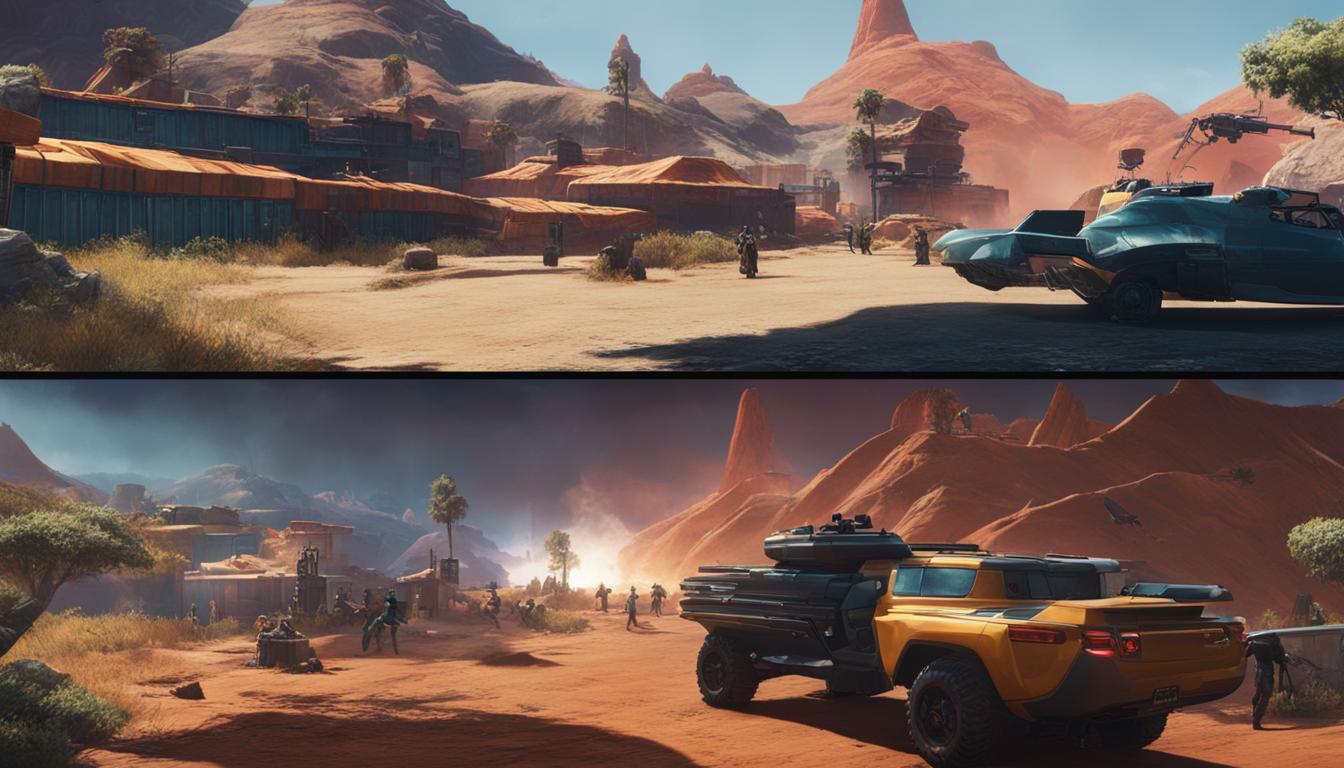Reinforcement learning has revolutionized the field of artificial intelligence, enabling machines to learn from their environment and make intelligent decisions. But what happens when we introduce multiple learning agents into the mix? Welcome to the world of multi-agent reinforcement learning (MARL), where the complexity of decision-making and interactions in shared environments reaches new heights.
In MARL, each learning agent is driven by its own set of rewards, pushing them to take actions that align with their individual interests. This fascinating sub-field combines elements of game theory and multi-agent systems to unravel the intricate dynamics of cooperation, competition, and social influence.
In complex environments, such as autonomous vehicles, robotics, and resource management, MARL shines as a powerful tool. By modeling MARL as a Markov decision process (MDP), we can analyze how multiple agents navigate through the complexities of their shared environment, making decisions that impact not only their own outcomes but also the overall system’s performance.
Table: Comparison of Multi-Agent Environments
| Environment Type | Key Characteristics | Example |
|---|---|---|
| Cooperative | Agents work together towards a common goal, optimizing overall benefits | Swarm of autonomous drones in search and rescue missions |
| Competitive | Agents compete against each other, maximizing their own benefits while minimizing opponents’ | Chess game between two players |
| Mixed | Agents combine elements of cooperation and competition | Team-based soccer match |
The Future Impact of MARL and Cooperative AI
Large scale cooperation is crucial for human progress, and Multi-Agent Reinforcement Learning (MARL) has the potential to significantly contribute to this aspect. By applying cooperative AI techniques, such as MARL, we can improve collaboration between humans and machines, leading to advancements in various domains.
Cooperative AI focuses on building AI systems that can cooperate with each other and foster cooperation in populations. The combination of MARL and cooperative AI can supercharge humanity’s ability to cooperate, bringing about significant positive societal impacts.
Cooperative AI has the potential to help solve coordination issues, negotiate peace treaties, design fair governance systems, and mitigate existential threats like climate change and pandemics. By harnessing the power of MARL, we can enhance cooperation on a large scale, fostering a more collaborative and sustainable future.
Source Links
- https://en.wikipedia.org/wiki/Multi-agent_reinforcement_learning
- https://huggingface.co/learn/deep-rl-course/unit7/introduction-to-marl
- https://towardsdatascience.com/ive-been-thinking-about-multi-agent-reinforcement-learning-marl-and-you-probably-should-be-too-8f1e241606ac
- Regulatory and Compliance: Pioneering the Future of Saudi Arabia’s Dedicated Cargo Airline - December 21, 2024
- Financial Strategies: Fueling the Growth of Saudi Arabia’s Dedicated Cargo Airline - December 20, 2024
- Operational Excellence: Ensuring Competitive Edge for Saudi Arabia’s Dedicated Cargo Airline - December 19, 2024






